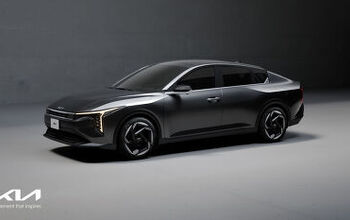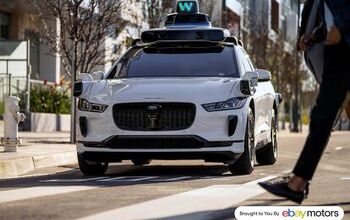Toyota Launches AI Efforts With $1 Billion Investment

Toyota will open a new artificial and robotics R&D company to be called Toyota Research Institute, Inc. (TRI) with an initial investment of $1 billion to open two locations in the United States, the automaker announced Friday.
TRI, which will make its headquarters in Palo Alto, California and establish another office in Cambridge, Massachusetts near MIT, will be led by Dr. Gill Pratt, a former academic in the field of engineering and program manager at DARPA.
“The investment is in addition to the $50 million investment over the next five years with MIT and Stanford to establish joint fundamental artificial intelligence research centers at each university,” said the automaker in a release.
“Our initial goals are to: 1) improve safety by continuously decreasing the likelihood that a car will be involved in an accident; 2) make driving accessible to everyone, regardless of ability; and 3) apply Toyota technology used for outdoor mobility to indoor environments, particularly for the support of seniors. We also plan to apply our work more broadly, for example to improve production efficiency and accelerate scientific discovery in materials,” said Pratt at an event announcing the new company.
TRI plans to hire 200 employees with the initial $1 billion investment. That investment is expected to fund the initiative for the next five years.
Toyota expects the new company to start operating in January 2016.

More by Mark Stevenson


































Comments
Join the conversation
Toyota should have listened to their current customers and put that money into their products. Better seats and options on lower end models would reap greater rewards. Putting a better radio in their high end models besides the current JBL Kraco Radio Shack monotone version would be nice too.
"Lead" is a dense, grey colored metal, elemental symbol Pb. "Led" is the past tense of "lead", used in this case as a participle. Words that sound the same are not always spelled the same. A certain level of professionalism should be expected.
Using Bayesian algorithms and advanced facial recognition software this billion dollar AI should possesses the ability to not accelerate the car unintentionally.
Here we go again. Twenty five or thirty years ago, I remember reading predictions that the Japanese were within a couple of years of achieving true artificial intelligence. We're still waiting.